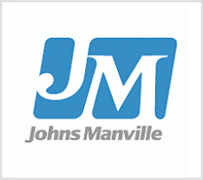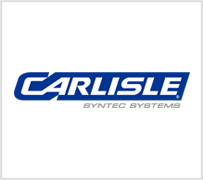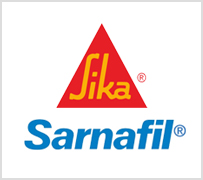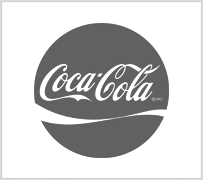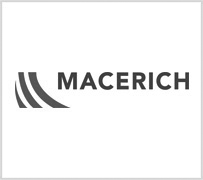
Home / News / Closed Cell vs. Open Cell Spray Foam
There are two different types of spray foam used in home building today. Each can be used for a variety of purposes, from foam roofing material to creating decorative interior molding that is painted or stained for a simulated wood effect. Perhaps the most common use is for insulating walls. The expanding foam is relatively easy to use and fills wall and ceiling cavities completely with the best insulation factor.
So what is the difference between closed and open cell spray foam?
In closed cell spray foam, the tiny foam cells are closed and packed together. They are filled with a gas that helps the foam rise and expand and become a great insulator. It is much denser than open cell and stops air and moisture completely.
In open cell spray foam, the tiny cells of the foam are not completely closed. The broken cells are filled with air, making the foam weaker or softer feeling than closed-cell foam. Open-cell foams are permeable to moisture and impermeable to air. Compared with closed-cell polyurethane, open-cell products use significantly less material, making them attractive from a resource-use standpoint.
Each type of foam has it uses. For example, open cell foam shouldn’t be used below grade or in flotation applications where it could absorb water; this would negate its thermal performance because water is a poor insulator compared to air. However, open cell is great for insulating walls and ceilings. Closed-cell foam is a good choice where small framing sizes need the greatest R-value per inch possible. Closed-cell foam is also the choice for roofing applications.
Spray foam has been in used in roofing applications for roofing for over 45 years. Because of the unique application process and the material itself, it is lightweight, durable, highly water and fire resistant, and has one of the highest R Values, thus saving costs on heating and cooling bills.
